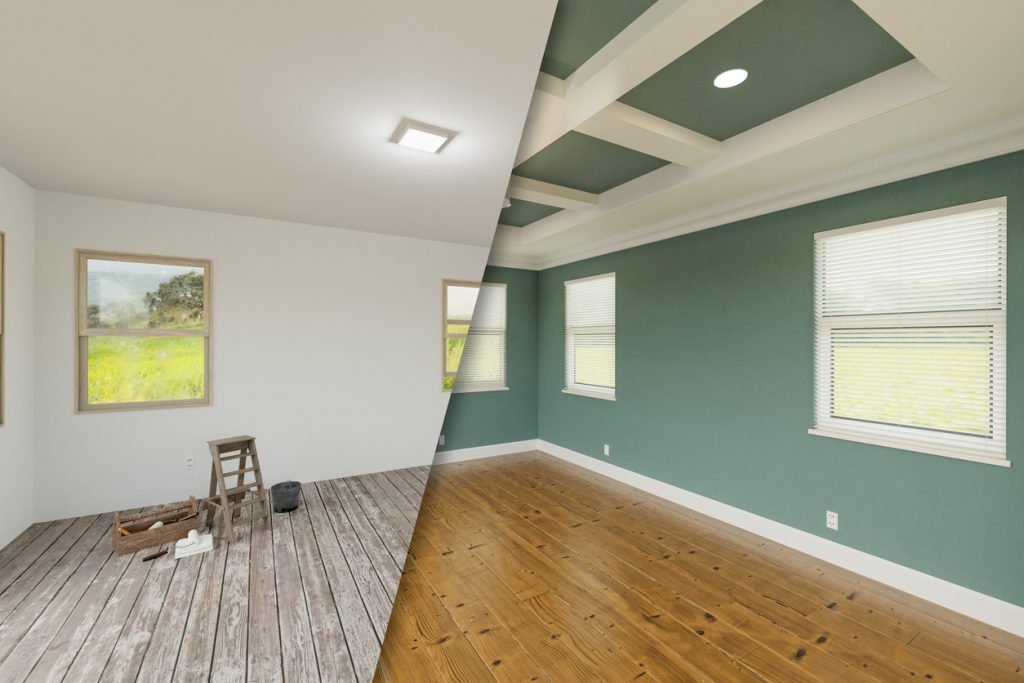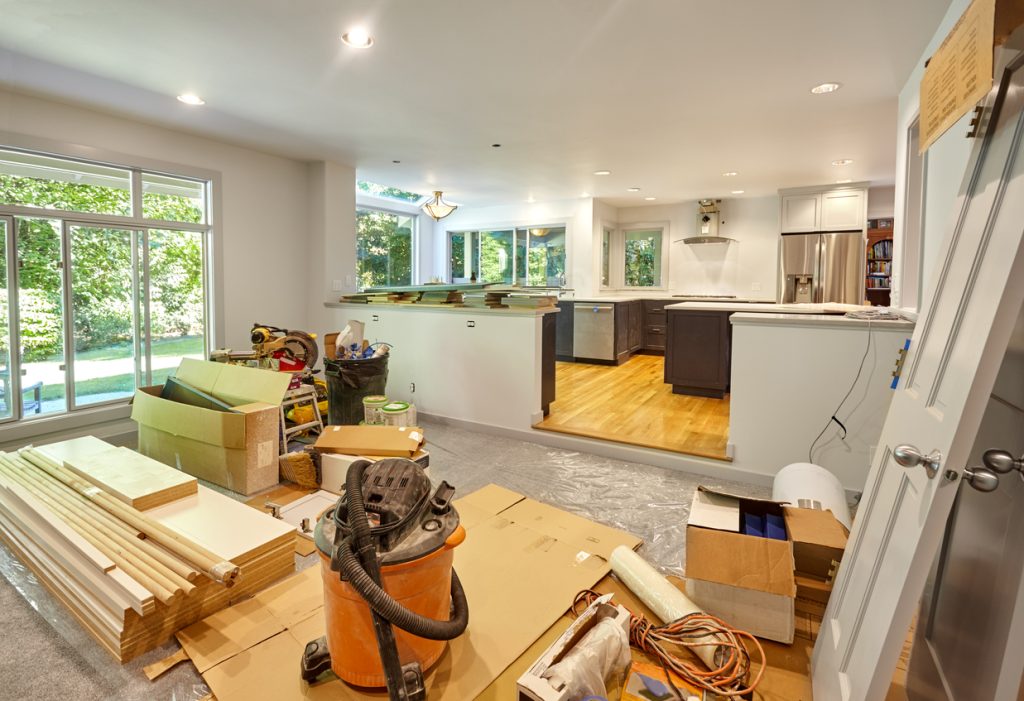Documenting Home Improvements: A Crucial Step for Insurance Protection
Home improvements not only enhance your living space but can significantly impact your insurance coverage. Properly documenting these upgrades is essential for ensuring adequate protection and potentially benefiting from reduced premiums. Here’s why documenting home improvements is crucial for insurance purposes and how to do it effectively.

Why Documentation Matters
Documenting home improvements is vital for several reasons:
Accurate Coverage: Home improvements often increase your property’s value. Without proper documentation, your insurance policy may not reflect the true replacement cost of your home, leaving you underinsured.
Premium Adjustments: Some improvements, like security system installations or roof replacements, can lead to lower insurance premiums. Documenting these changes allows you to take advantage of potential discounts.
Claim Support: In the event of a loss, detailed documentation of improvements can expedite the claims process and ensure you receive fair compensation for damaged or destroyed upgrades.
What to Document
When documenting home improvements, be thorough and include:
- Detailed descriptions of the improvements
- Dates of completion
- Costs of materials and labor
- Copies of contracts and receipts
- Before and after photos
- Permits and inspection certificates (if applicable)
- Manufacturer warranties for new appliances or systems
- How to Document Home Improvements
Follow these steps to effectively document your home improvements:
- Create a Home Improvement File: Establish a dedicated file (physical or digital) to store all documentation related to your home improvements.
- Take Before and After Photos: Visual evidence is powerful. Capture clear images of the areas before and after improvements.
- Keep All Receipts and Contracts: Save receipts for materials and labor, as well as any contracts with contractors or service providers.
- Maintain a Detailed Log: Keep a running list of all improvements, including dates, descriptions, and costs.
- Store Documents Safely: Consider keeping digital copies of all documentation in a secure cloud storage service in addition to physical copies.

Notifying Your Insurance Provider of Home Improvements
Once you’ve completed and documented your home improvements:
- Contact Your Insurance Agent: Inform them about the upgrades and provide the documentation you’ve gathered.
- Review Your Coverage: Work with your agent to ensure your policy reflects the increased value of your home and any new risks (e.g., a swimming pool).
- Inquire About Discounts: Ask if any of your improvements qualify you for reduced premiums.
- Update Your Policy: Make sure your insurance policy is adjusted to reflect the current state and value of your home.
Long-Term Considerations
Keep your home improvement records for as long as you own the property, plus at least three years after selling. These records can be valuable for tax purposes when calculating capital gains upon sale.

By meticulously documenting your home improvements, you’re not just protecting your investment—you’re ensuring that your insurance coverage accurately reflects your home’s true value. This diligence can pay off significantly in the event of a claim or when it’s time to sell your property. Remember, your home is likely your most valuable asset; treating its documentation with the same care you apply to the improvements themselves is a wise and necessary practice.
Click HERE to get an insurance quote TODAY!